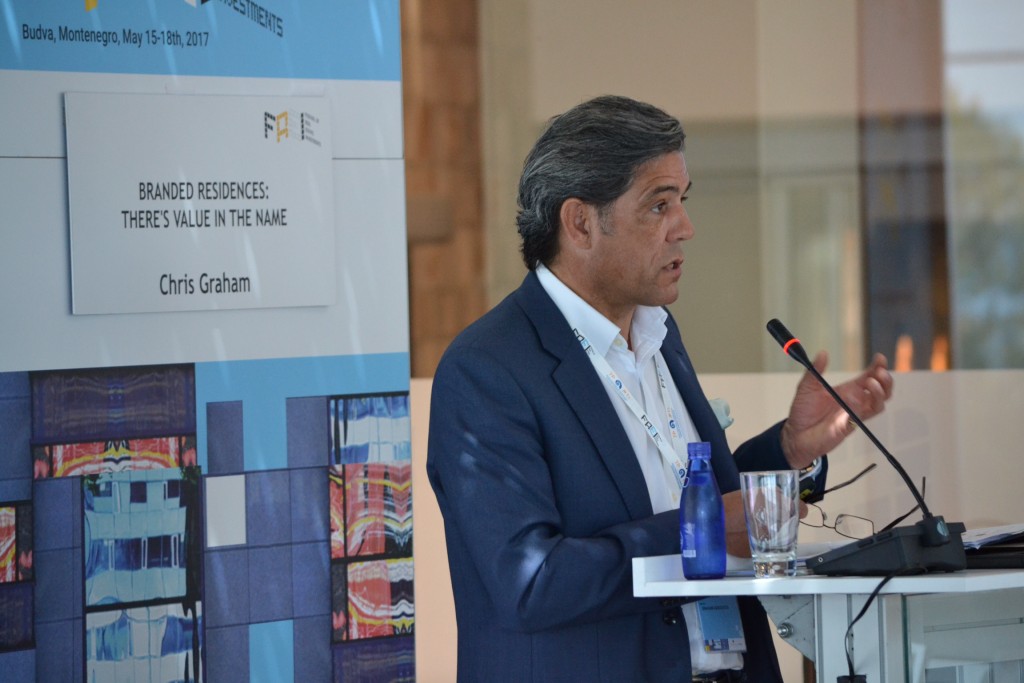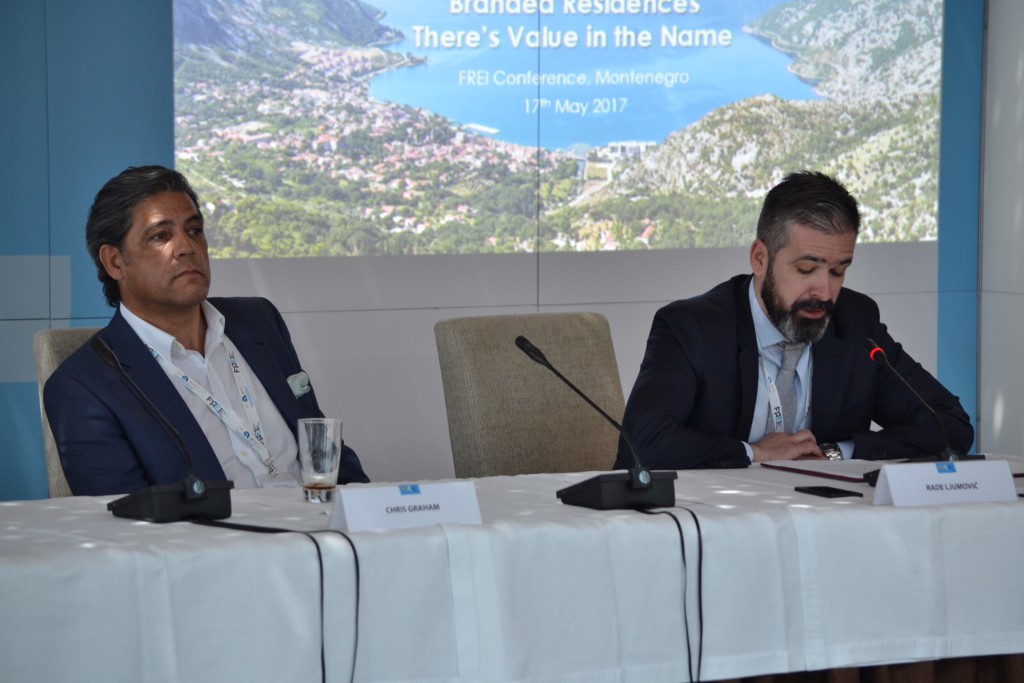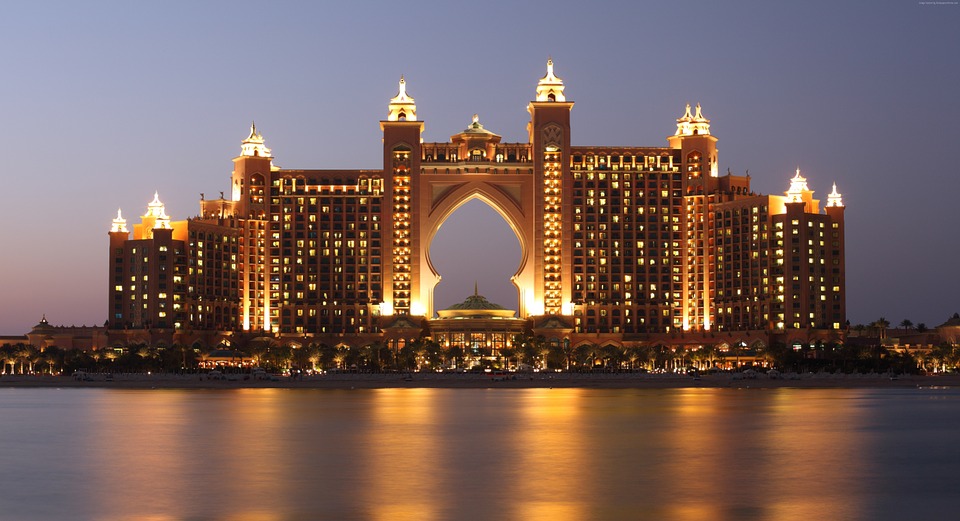A recent study by Tranio.com, international real estate broker, has analysed cross-border transactions and calculated the sum of cross-border purchases in commercial and residential real estate markets by collating figures from Knight Frank, Cushman & Wakefield, Savills, Colliers, CBRE, Real Capital Analytics and national statistical offices.
Last year saw impressive boosts in foreign investment in several markets as investors increasingly put their funds into overseas real estate to diversify their portfolios and protect their wealth from domestic risks. This is interesting from a property marketing perspective, and offers up numerous opportunities to better connect investors with the best properties for their needs.
The US market was the largest by volume of cross-border residential real estate transactions, as foreign nationals spent just over US$100 billion. The UK follows with US$53 billion.
The study found that Singapore and Spain had the greatest shares of foreign investors in the residential segment.
The citizens of Asian countries, the UK, US and Persian Gulf countries are among the largest and most important investor groups in the global property market. Russian nationals also continue to be noteworthy players.
Combining residential with commercial transactions, other world-leading markets performed as follows:
• Germany (US$25.8billion – of which US$3.075 billion was residential).
• France (US$25.1billion)
• Canada (US$21.4billion)
• Spain (US$20.2billion)
• Italy (US$16.3billion)
• South Korea (US$13.8billion)
• Australia (US$13.1billion)
• Singapore (US$11.3billion)
• Netherlands (US$10.5billion).
USA
American foreign investment grew from US$10.3 billion in 2009 to about US$60 billion in 2014. According to the US National Association of Realtors, Americans have shown increased interest in purchasing overseas properties, notably in Mexico, and Costa Rica, the Philippines, Colombia and Canada. In Europe only Spain, Italy and France attract US nationals (approx. 3-4% in each market) and according to AIG Private Client Group, UHNWIs buy property in Mexico (14%), the Bahamas (13%), England (12%), France and the Caribbean (9% each). The majority (79%) of American investors buy residential property, 53% preferring detached homes. Most (87%) are interested in holiday homes or income properties.
According to the National Association of Realtors, between April 2015 and March 2016 Chinese buyers (including from Hong Kong and Taiwan) spent US$27.3 billion on residential property in the USA, comprising 13.7% of all the foreign purchases in the country during the period and an impressive 26.7% of all purchases made in the residential segment. They tend to purchase homes worth around US$900,000, outpacing investment budgets from most foreigners by a factor of nearly two. Individual residential investors often seek out second homes (or abodes for their children studying in the US) and income-generating properties, more commonly in major metropolitan areas on the coasts. This investment is expected to grow to about US$50 billion by 2025. (NB It is worth noting that Chinese property investors are also interested in Canada: according to the National Bank of Canada, Chinese nationals comprise about a third of all buyers in the country).
UK citizens make the fifth largest group of foreign buyers in the US after those of China, Canada, Mexico and India.
United Kingdom
Britons are active overseas investors who most often acquire property in the US and European countries. According to Rightmove, British nationals constitute the largest group of buyers in Spain, Italy and France, with over a half of them acquiring holiday homes and flats in these countries. As such, property marketing professionals looking to sell to Britons would do well to focus on Western European properties.
Investors from China purchased US$3.75 billion in properties in London’s central districts. In the commercial segment, the rise of Chinese investment in the UK was particularly pronounced because of the falling inflows from Europe and the US.
Russian Federation
Figures from the Central Bank of the Russian Federation show that in 2013 and 2014, Russian citizens annually invested just above US$2billion in foreign property. In 2015, this shrank to about US$960 million and the final tally for 2016 is expected to fall short of US$800 million. Russians now seem to prefer budget residential properties, income properties with high yields and commercial properties to anything else – especially luxurious second homes.
According to Wordstat Yandex, Russian citizens searched most for Spanish, Cypriot, Italian, American and German property. Other metrics show that Switzerland and the UK are also popular markets among Russian investors; conversely interest in the Greek, Latvian, and Montenegrin markets is on the decline.
The article concludes that major developments in 2016, such as China’s emergence as a major investment source, impressive rebounding in several US residential markets and suppressed flows from Russia to Europe, may be indicate short-term trends in global cross-border investment flows.
Summarised from Adrian Bishop’s article.










